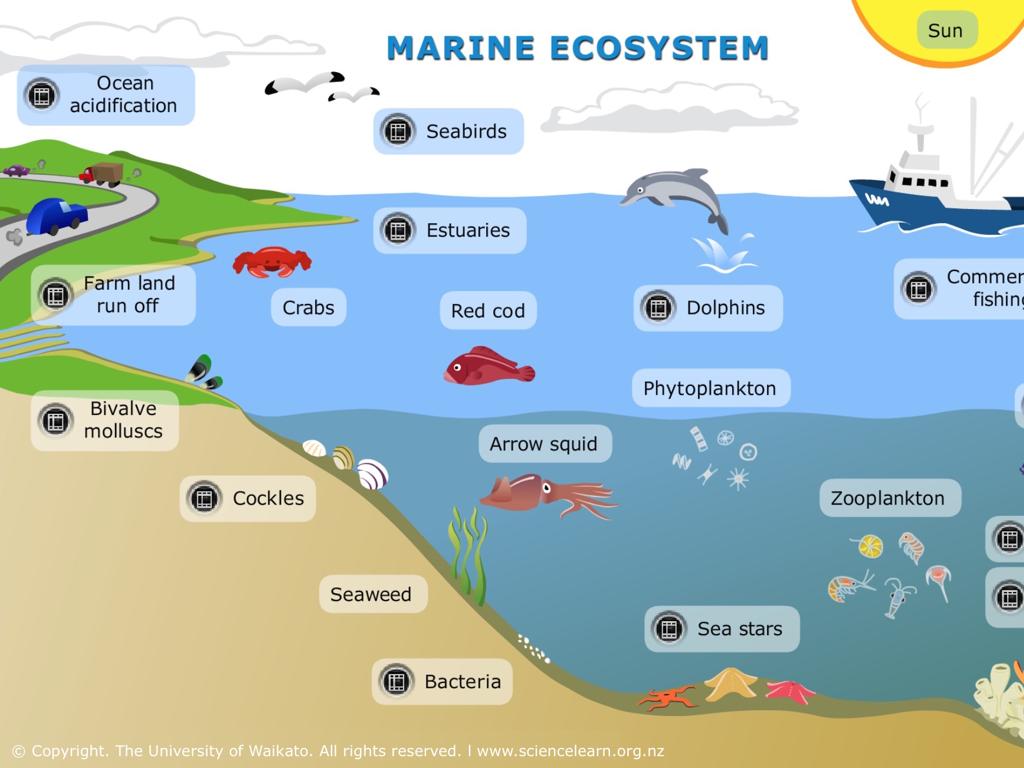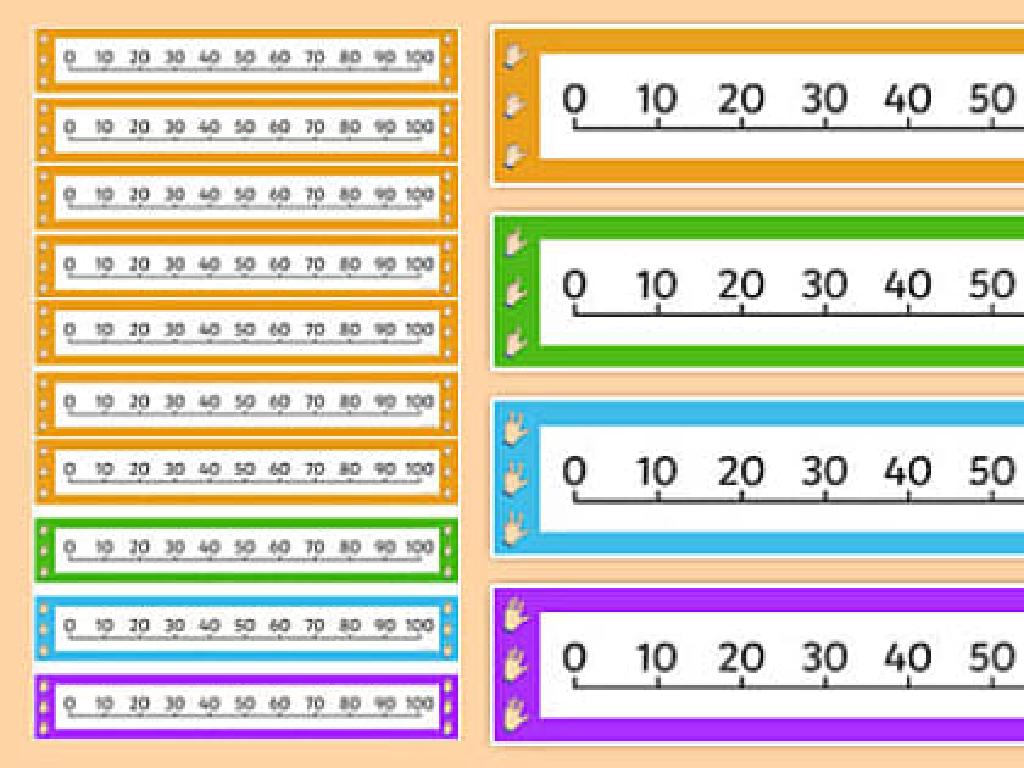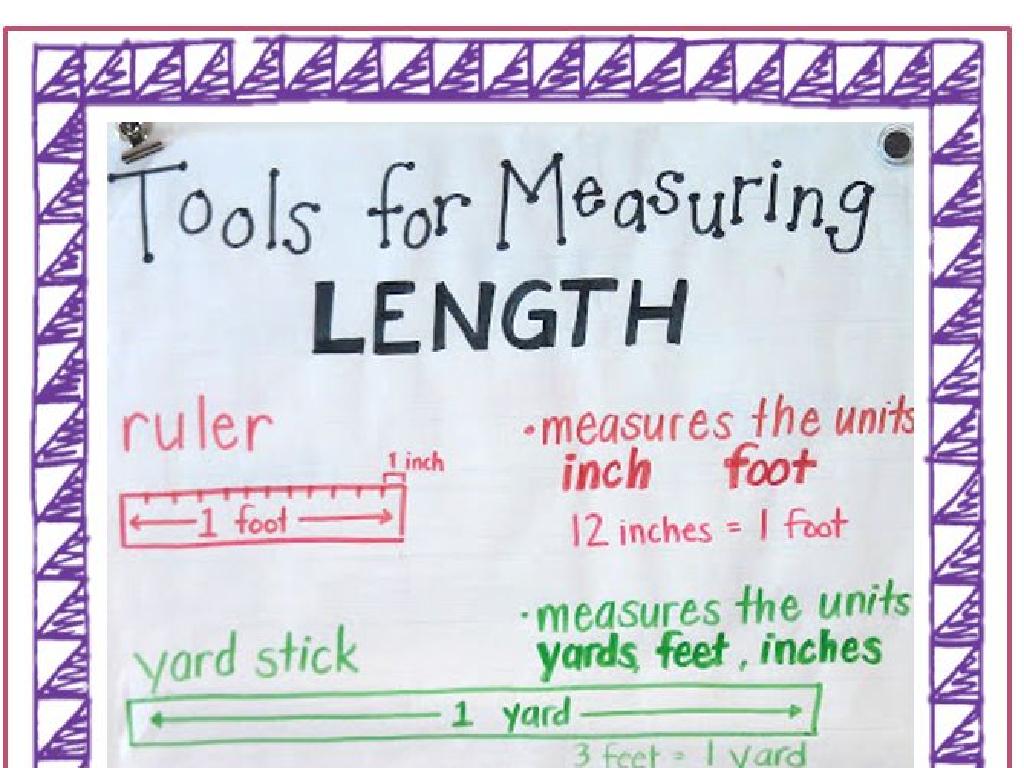Body Systems: Removing Waste
Subject: Science
Grade: Fourth grade
Topic: Animals
Please LOG IN to download the presentation. Access is available to registered users only.
View More Content
Our Body’s Waste Removal System
– Why removing waste is vital
– Waste removal keeps us healthy by getting rid of harmful substances.
– Review of body systems
– We’ve learned about the digestive, respiratory, and circulatory systems.
– How our body removes waste
– Our kidneys filter blood, and the digestive system disposes of solid waste.
– Keeping our system healthy
– Drinking water and eating fiber-rich foods help our waste removal system.
|
This slide introduces the concept of waste removal in the human body, emphasizing its importance for maintaining health. Begin by discussing why it’s crucial to remove waste, linking it to the prevention of illness and the body’s overall function. Recap the body systems previously covered, such as the digestive, respiratory, and circulatory systems, to provide context. Explain the roles of the kidneys and the digestive system in waste removal, and offer tips on how to keep these systems healthy, such as staying hydrated and eating a balanced diet rich in fiber. Encourage students to think of questions they have about how their bodies get rid of waste.
Understanding Waste Removal in Our Bodies
– What is body waste?
– Unneeded substances our body expels
– Examples of body waste
– Carbon dioxide from lungs, sweat from skin, urine from kidneys
– Importance of waste removal
– Removing waste keeps us healthy by avoiding toxin buildup
– How our body gets rid of waste
|
This slide introduces the concept of waste in the context of body systems and its importance to maintaining health. Waste is defined as any substance that is not needed by the body and is therefore expelled. Examples include carbon dioxide, which is exhaled from the lungs, sweat, which is secreted through the skin to regulate temperature and remove certain salts and substances, and urine, which is produced by the kidneys to filter out excess water and waste from the blood. Emphasize the necessity of waste removal as a critical function to prevent the accumulation of toxins that can be harmful to the body. Discuss the different organs involved in the waste removal process and how they work together to keep the body clean and healthy.
The Excretory System in Animals
– What is the excretory system?
– It’s a cleaning crew for the body, getting rid of waste.
– Main organs involved
– Kidneys filter, ureters transport, bladder stores, urethra expels.
– Removing liquid waste
– Kidneys filter blood to make urine, which is sent to the bladder.
– Working together
– All these parts must work in sync to keep our body clean.
|
This slide introduces the excretory system, a vital system responsible for removing waste from the body. Start by explaining the system’s role in maintaining a clean internal environment. Highlight the main organs: kidneys (the filters), ureters (the tubes), bladder (the storage sac), and urethra (the exit). Discuss how kidneys filter blood to produce urine, which travels through the ureters to the bladder, where it’s stored until it leaves the body through the urethra. Emphasize the importance of these organs working together efficiently to keep us healthy. Use diagrams to help students visualize the process and consider a simple demonstration or analogy, like a mini water treatment plant, to make the concept relatable.
The Respiratory System: Exhaling Waste
– Lungs expel waste gas
– Our lungs remove carbon dioxide, a waste gas, from our body.
– Breathing out carbon dioxide
– When we exhale, we release carbon dioxide into the air.
– Diaphragm helps us breathe
– The diaphragm moves down to let air in, and up to push air out.
– Importance of clean air
|
This slide introduces the respiratory system and its role in waste removal. Focus on how the lungs function to expel carbon dioxide, a byproduct of our body’s metabolism. Explain that with every breath we take, our lungs are not only obtaining oxygen but also getting rid of this waste gas. Highlight the role of the diaphragm, a muscle that contracts and relaxes to help us breathe in and out. Emphasize the importance of breathing clean air for the respiratory system to work properly. Engage the students by asking them to take deep breaths and feel their diaphragm moving. This will help them understand the physical aspect of breathing and the importance of the respiratory system in waste removal.
The Digestive System and Waste Removal
– Digestive system eliminates waste
– It breaks down food and filters out what’s not needed.
– Formation and expulsion of solid waste
– Leftover solid food becomes waste, which our body gets rid of.
– Healthy diet aids waste removal
– Eating fiber-rich foods helps our body manage waste better.
– Keeping our body clean inside
|
This slide introduces the digestive system’s role in waste removal, emphasizing the importance of a healthy diet in this process. Explain that the digestive system breaks down food, absorbs nutrients, and filters out waste. Solid waste is the leftover part of digested food that the body can’t use, which is then expelled. Highlight how a diet rich in fiber helps the digestive system function properly and makes waste expulsion easier. Encourage students to think about what they eat and how it affects their body’s waste removal system. Discuss the concept of ‘cleanliness’ not just outside but also inside our bodies.
Keeping Our Body Systems Healthy
– Drink water for kidney health
– Water helps kidneys remove waste efficiently
– Eat fiber for digestion
– Fiber helps move food through the digestive tract
– Exercise for respiratory strength
– Physical activity increases lung capacity
|
This slide aims to educate fourth-grade students on how to maintain the health of various body systems responsible for waste removal. Emphasize the importance of hydration and how water consumption aids the kidneys in filtering and expelling waste. Discuss the role of fiber in the digestive system, how it aids in the movement of food, and prevents constipation. Highlight how regular exercise can strengthen the lungs and improve overall respiratory function. Encourage students to adopt these healthy habits to support their body’s natural waste removal processes. Provide examples such as drinking water bottles throughout the day, choosing fruits and vegetables for snacks, and engaging in daily physical activities like playing outside or participating in sports.
Class Activity: Waste Removal Relay!
– Split into teams for relay
– Pass ‘waste’ bean bags quickly
– Imagine the bean bags are waste products like carbon dioxide or sweat
– Represent different body systems
– Each team could be the respiratory, excretory, or skin system
– First team to clear ‘waste’ wins!
|
This activity is designed to teach students about how different body systems work together to remove waste. By engaging in a relay race, they will learn in a fun and interactive way. Before starting, explain the importance of waste removal for maintaining health. Assign each team a body system (respiratory, excretory, or integumentary) and discuss how each system contributes to waste removal. Provide clear instructions on how the relay will work, and ensure safety as students move around. After the activity, discuss which team represented which system and how quickly they were able to ‘remove waste’. This will help reinforce the concept of efficiency in different body systems.






